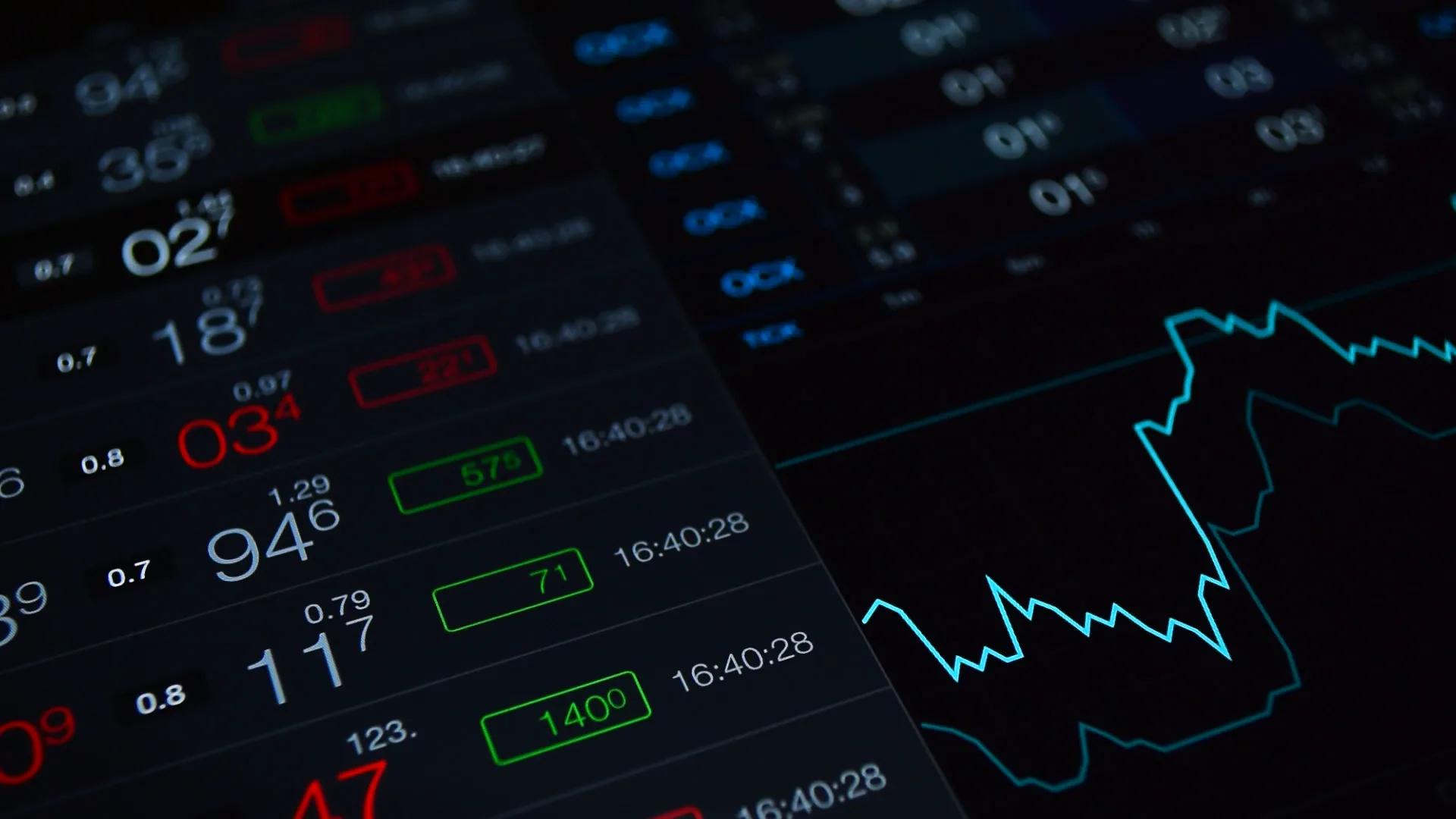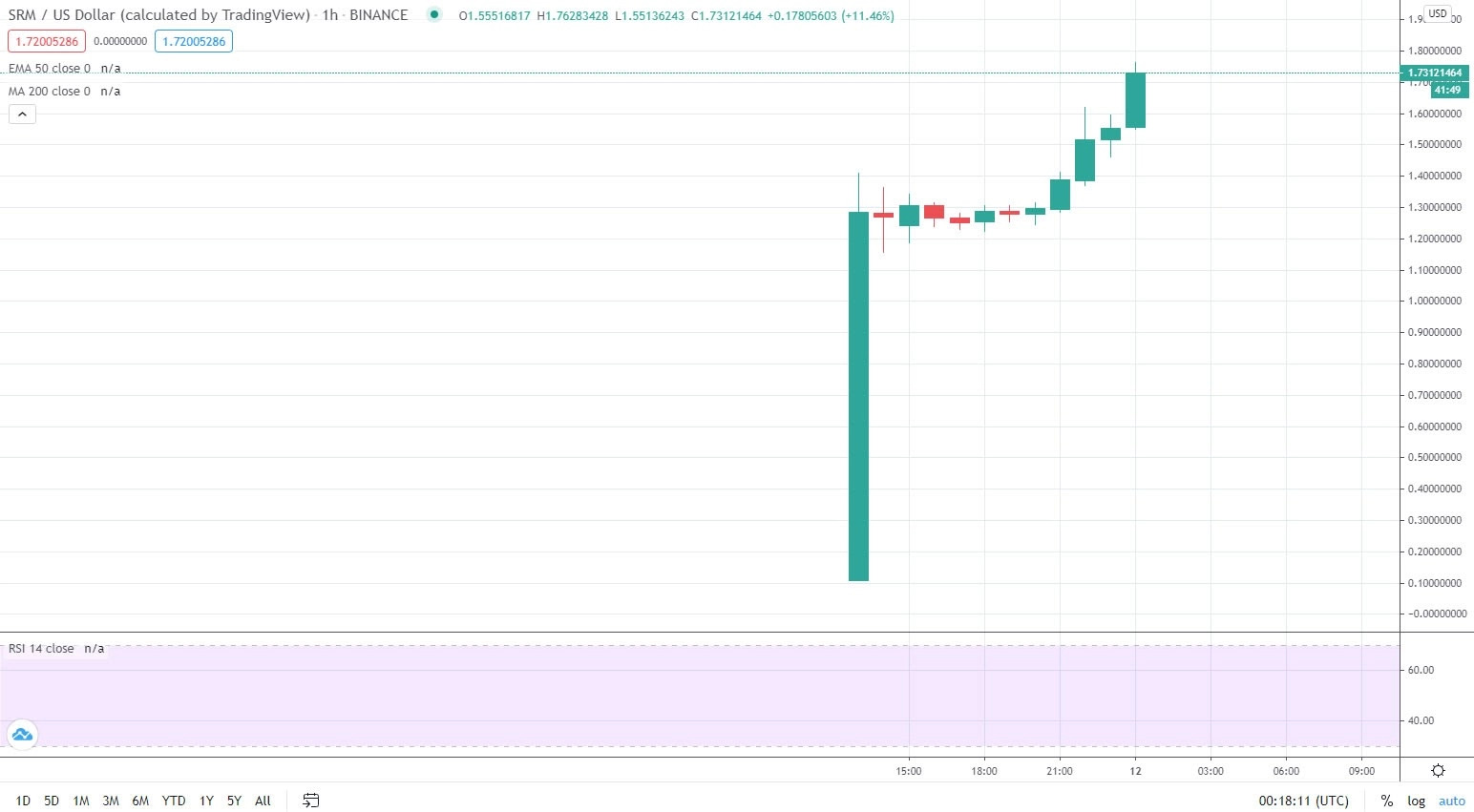Last Updated:
Jul 23, 2025
Crypto listings: What they mean and why timing is critical
Last Updated:
Jul 23, 2025

Author
Share this article
A listing is the process of adding a cryptocurrency to an exchange. Once listed, the token becomes available for trading—users can buy, sell, and swap it for other cryptocurrencies or fiat.
For any crypto project, getting listed is a major milestone. For investors and traders, it’s a key signal that can impact price, liquidity, and the project’s visibility.
Types of exchanges
Centralized exchanges (CEX) — such as Binance, Coinbase, OKX, Bybit, and KuCoin. They provide high liquidity, customer support, and a listing on a top CEX is seen as a sign of project legitimacy.
Decentralized exchanges (DEX) — like Uniswap, PancakeSwap, and SushiSwap. Listing is easier, but market trust and trading volumes are often lower.
Regional and niche exchanges — platforms focused on specific markets (e.g., Korea, India, Latin America), giving projects local exposure and a starting user base.
Why a listing is a big deal
Increased liquidity
Once listed, the token becomes accessible to a wider trading audience. This boosts trading volume and narrows the bid-ask spread.
Access to new investors
Many investors only buy tokens on well-known, trusted platforms. A listing on Binance, for example, opens the door to millions of users.
Greater visibility
Listings often get media coverage, appear in event calendars, and bring attention to the project from the broader crypto community.
Price movements
Token prices often rise in anticipation of a listing and may surge or dip during the actual event depending on liquidity, tokenomics, and demand.
Arbitrage opportunities
When a token is listed on multiple exchanges at different prices, it creates potential for arbitrage strategies.
Why follow listing announcements
Even if you're not participating in the IDO or ICO, knowing about upcoming listings gives you:
A chance to enter early — some tokens are available on DEXs or OTC markets before major listings.
Insight into project strategy — which exchange the team chooses first says a lot about their approach.
Signals about market interest — a sudden spike in trading volume post-listing indicates strong demand.
Where to track listings
• Cryptocalendar.ai — we publish verified listing announcements and major project events.
• Exchange announcement pages — check “New Listings” on Binance, KuCoin, and others.
• Monitoring platforms — CoinMarketCap, CoinGecko, DEXTools.
Real-world examples
• ARB (Arbitrum) — gained attention and a short-term price spike after listing.
• APT (Aptos) — launched on multiple major CEXs the same day, creating massive hype and volatility.
• PEPE — a meme token that soared after listings on OKX and Binance, attracting global traders.
Conclusion
A listing is more than just a technical event—it’s a major milestone that can affect price, liquidity, investor attention, and overall project perception. Tracking listings helps you stay alert, assess risks, and find new market opportunities.
Stay up to date with upcoming listings at crypto calendar and never miss a key trading launch.
Author
Share this article

